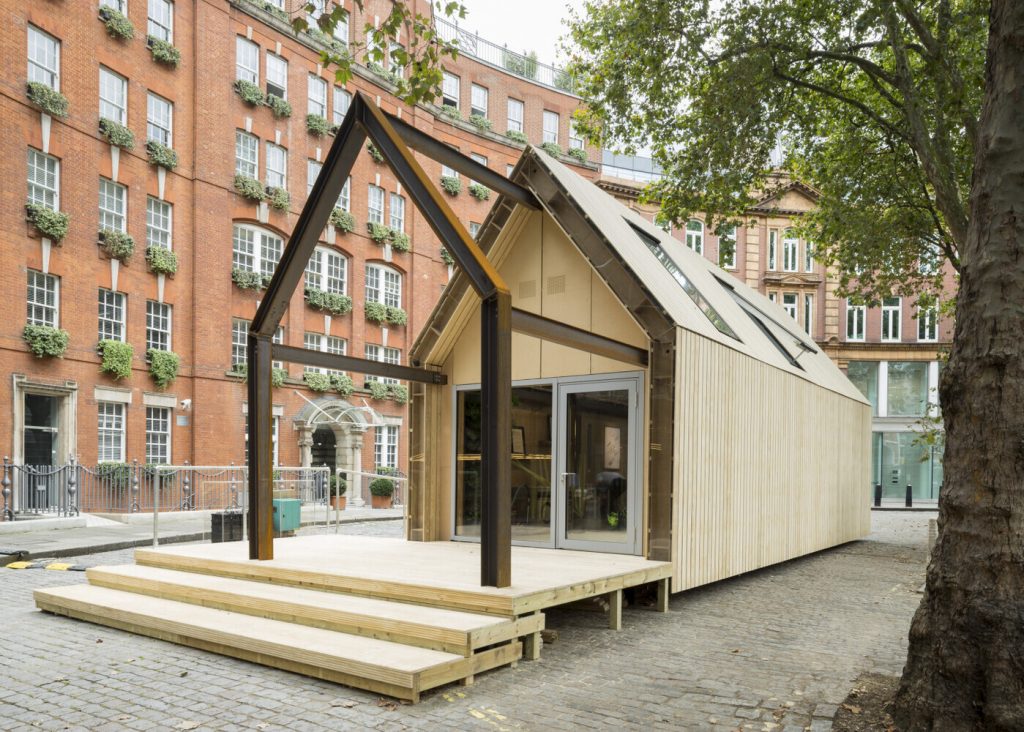… reusing and recycling buildings…
.
We need to be going beyond ‘single use’ buildings – as the built environment accounts for 40% of global carbon emissions. And there are good practical ways to deal with this – from the idea of retrofitting buildings to the trend of ‘regenerative architecture’.
It’s about reusing and recycling buildings – as “designers and architects create a new generation of buildings that emphasize reusable structures, recycled materials, and sustainable disassembly”.
In Germany they are working with many more recycling building materials – with its first recycling house happening in Hanover in 2019 – although it could be said that the likes of Kevin McCloud has been building with recycled junk and has featured grand designs such as recycled timber framed housing for some time now.
The point, though, is to scale up such practices across the construction industry – and to create buildings which can themselves be reused and recycled – and so in the United States, deconstruction plans are revolutionizing construction waste management:
For a long time, the construction industry has followed a linear process – extract raw materials, build structures, demolish them, and then dispose of the garbage in landfills. This approach has serious negative effects on the environment and society and is inherently unsustainable. Reconsidering traditional methods and workflows requires support from all stakeholders and a sense of urgency proclaimed by authorities. In the United States, city organizations have begun to implement new policies to keep construction waste out of landfills and support circular practices. Several cities like Seattle and Pittsburgh, have started implementing deconstruction ordinances that require older buildings to be carefully deconstructed rather than demolished. How might their key provisions influence circular practices in the country?
And meanwhile, in the UK, there are developments around the circular building:

This fascinating design by London-based Arup Associates Architects is constructed according to the principles of the Circular Economy in The Built Environment – a recent study by Arup, outside the Building Centre in Central London. The building is made entirely from fully re-usable elements, as an exemplar study to show how the construction industry can work towards a zero-waste situation. “Circular” in this case means re-usable, as opposed to “linear” – meaning elements are used and then scrapped. Each component can be disassembled with minimum damage, and reassembled or re-purposed as required.
…